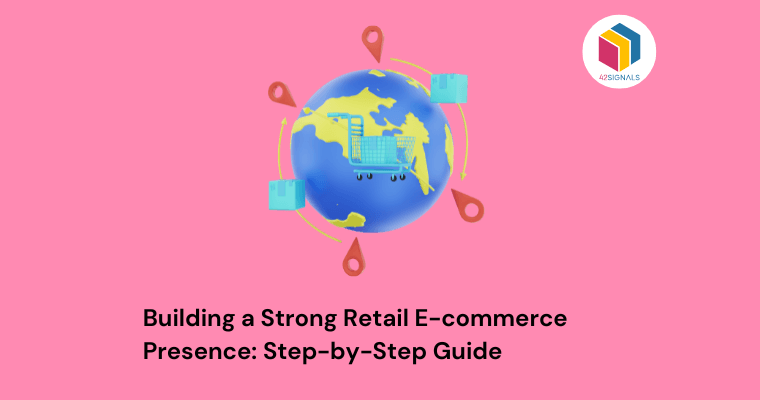What is Retail E-commerce?
Retail e-commerce encompasses the buying and selling of goods and services over the Internet, offering a seamless shopping experience to consumers worldwide. This digital retail model is revolutionized by tools and technologies such as artificial intelligence, personalized marketing, and secure payment solutions.
Retailers must focus on creating an intuitive website, optimizing product listings, and ensuring a mobile-friendly experience. Key aspects also include efficient inventory management, robust customer service, and reliable logistics to handle fulfillment and delivery. The rise of social media and influencer marketing further amplifies brand visibility and drives sales in this competitive, ever-evolving landscape.
Identifying Competitors Through Market Research
Conducting thorough market research is imperative for retailers aiming to establish a strong e-commerce presence. It involves analyzing consumer behaviors, preferences, and trends. Retailers should:
- Utilize tools like Google Analytics and social media analytics to gather data.
- Conduct surveys and focus groups to understand customer needs.
- Monitor industry reports and publications for emerging trends.
Identifying competitors helps in understanding the market landscape. Retailers should:
- Examine competitors’ websites, product offerings, and pricing strategies.
- Analyze competitors’ marketing tactics and customer reviews.
- Use tools like SEMrush to track competitors’ online activities and keyword strategies.
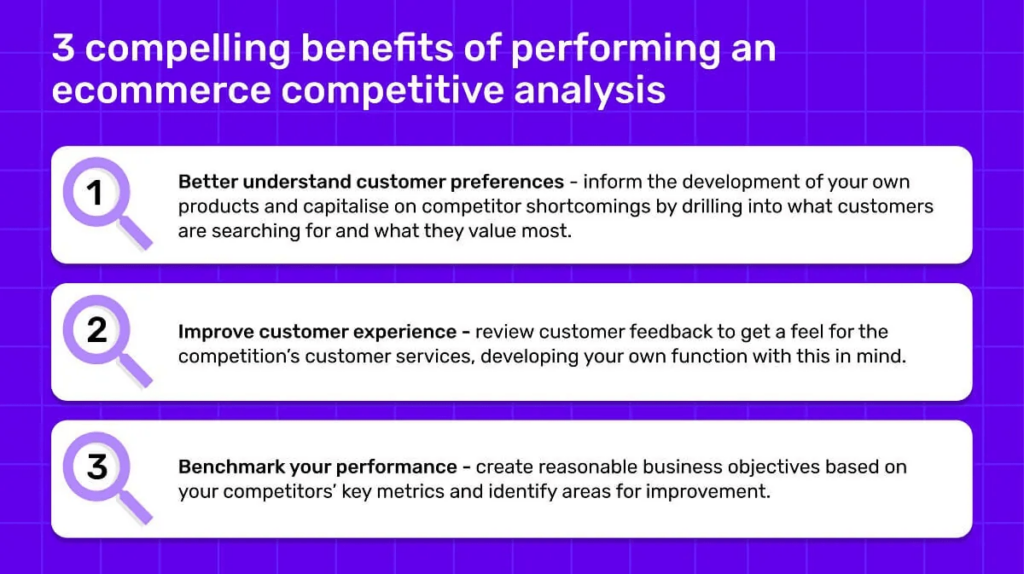
Image Source: builder.ai
How to Choose the Right E-commerce Platform?
Selecting the appropriate e-commerce platform is crucial for achieving retail success. Various factors must be assessed, including scalability, ease of use, customization options, and pricing. Platforms such as Shopify, WooCommerce, and Magento cater to different business sizes and requirements. Essential features to look for include:
- User-friendly interface
- Secure payment gateways
- Mobile-friendly design
- Comprehensive SEO tools
- Robust customer support
Additionally, evaluating integration capabilities with existing systems and third-party applications is vital. Considering trial periods or demos can provide insights into these platforms before making a decision. Ultimately, an ideal platform supports business growth and enhances the customer experience.
1. Designing a User-friendly and Aesthetic Website
An effective retail e-commerce website should balance both functionality and visual appeal. Key aspects include:
- Intuitive Navigation: Ensure easy access to products and information with clear menus.
- Responsive Design: Adapt to various devices and screen sizes seamlessly.
- Fast Loading Times: Optimize media and content to reduce loading delays.
- Clean Layout: Utilize ample white space to prevent clutter.
- Engaging Visuals: High-quality images and graphics attract attention.
Each of these elements contributes to a satisfying user experience, which can lead to increased customer retention and conversion rates.
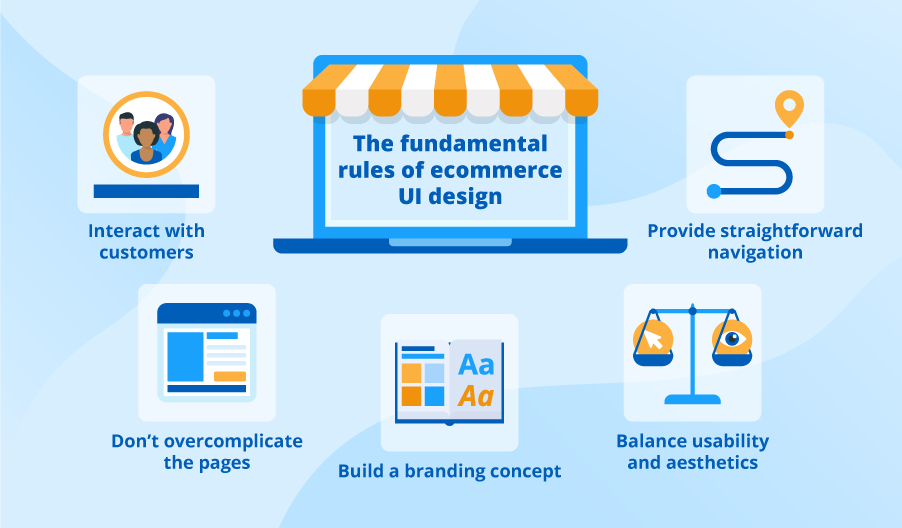
Image Source: ScienceSoft
2. Optimizing Product Listings and Descriptions with Digital Shelf Analytics
Leveraging digital shelf analytics is crucial for optimizing product listings and descriptions. By using this data, retailers can:
- Identify high-performing keywords: Ensure product titles and descriptions contain relevant keywords to improve search visibility.
- Analyze competitor strategies: Understand competitor product placements, pricing strategies, and descriptions to outshine them.
- Track customer behavior: Gather insights on how customers interact with product pages to identify and fix any pain points.
- Improve visual content: Use analytics to determine which images or videos convert best and replicate their styles.
- Adjust in real-time: Quickly update product information based on current trends and data for maximum impact.
3. Implementing Effective SEO Strategies
Incorporating effective SEO strategies is crucial for enhancing visibility and attracting organic traffic to a retail e-commerce site. This involves:
- Keyword Research: Identify relevant keywords with a high search volume.
- On-Page SEO: Optimize meta tags, headings, product descriptions, and URLs for target keywords.
- Content Creation: Produce high-quality, keyword-rich content that addresses customer queries.
- Technical SEO: Improve site speed, ensure mobile-friendliness, and implement a logical site structure.
- Backlink Building: Acquire quality backlinks from reputable sources to boost domain authority.
- Analytics: Regularly monitor and adjust strategies based on performance data using tools like Google Analytics.
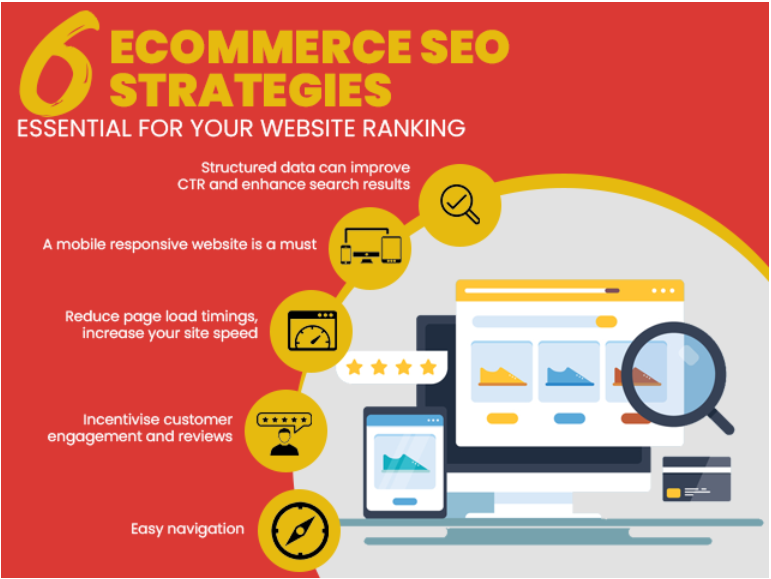
Image Source: Savit.in
4. Setting Up Secure Payment and Shipping Options
Ensuring secure payment and reliable shipping options is essential for any e-commerce platform. This involves integrating trusted payment gateways like PayPal, Stripe, or Square that offer secure encryption protocols. Detailed SSL certificates must be obtained to guarantee secure transactions. Shipping reliability can be achieved by partnering with reputable shipping carriers such as FedEx, UPS, or DHL.
Moreover, clear shipping policies, tracking features, and return processes should be established and made easily accessible to customers. These steps not only protect customer data but also enhance user trust, thereby improving overall customer satisfaction and retention.
5. Utilizing Social Media for Branding and Promotion
Retail e-commerce businesses can harness social media platforms to enhance branding and promotion strategies effectively. Leveraging visually appealing content, engaging storytelling, and consistent posting schedules helps in building brand identity and loyalty. Companies can utilize platforms like Instagram, Facebook, and Twitter for targeting specific demographics through sponsored ads and influencer partnerships.
Engaging with customers through comments, direct messages, and interactive content such as polls and live videos fosters community and trust. Additionally, analyzing social media metrics enables businesses to refine their strategies, ensuring better alignment with market trends and audience preferences.

Image Source: WPLoyalty
6. Leveraging Email Marketing and Customer Relationship Management
Retail e-commerce businesses can enhance customer engagement and loyalty by effectively combining email marketing and Customer Relationship Management (CRM) tools. By segmenting email lists based on purchase history and browsing behavior, they can send personalized and relevant content, promotions, and product recommendations.
Additionally, CRM systems track customer interactions and preferences, allowing for more targeted marketing efforts and improving the overall customer experience. Consistently analyzing email campaign performance through metrics like open rates, click-through rates, and conversions ensures that strategies remain effective and customer relationships are nurtured. This integrated approach boosts retention rates and drives repeat purchases.
7. Analyzing Data and Customer Feedback for Continuous Improvement
Retail e-commerce success hinges on data analysis and customer feedback. By leveraging analytical tools, businesses can identify sales trends, customer behaviors, and product performance. Key performance indicators such as conversion rates, cart abandonment rates, and average order values should be consistently monitored.
Additionally, collecting customer feedback via surveys, reviews, and chat interactions helps highlight areas needing improvement. Actionable insights from data and feedback allow for refining marketing strategies, optimizing user experience, and adjusting inventory. Regular analysis ensures that the business remains responsive to changing consumer needs and market dynamics, fostering continuous growth and customer satisfaction.
8. Building Trust with Exceptional Customer Service
Exceptional customer service is critical for cultivating trust and ensuring repeat business in retail e-commerce. Retailers must incorporate multiple customer support channels, such as live chat, email, and phone support, to address diverse customer preferences. Personalizing interactions can significantly enhance customer satisfaction.
Training employees to be knowledgeable, empathetic, and proactive in resolving issues is essential. Timely and transparent communication about product availability, shipping updates, and return policies further strengthens customer trust. Implementing a robust feedback system enables continuous improvement and demonstrates a commitment to customer-centricity. Prioritizing customer service fosters long-term relationships and a positive brand reputation.
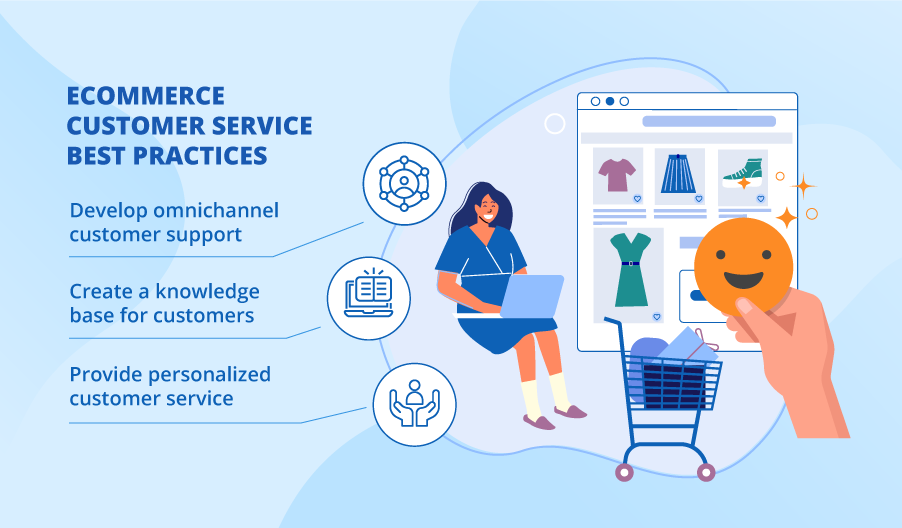
Image Source: ScienceSoft
9. Adopting Emerging Technologies to Stay Competitive
Retailers must integrate emerging technologies into their e-commerce platforms to maintain a competitive edge. Artificial intelligence enhances personalized shopping experiences while machine learning optimizes inventory management. The use of chatbots improves customer service efficiency. Blockchain technology ensures secure transactions and logistics tracking.
Augmented reality allows customers to visualize products in their environments, boosting confidence in online purchases. Voice commerce, through smart assistants, streamlines the buying process. Implementing these technologies can lead to higher customer satisfaction and operational efficiency, essential factors for thriving in the competitive e-commerce landscape.
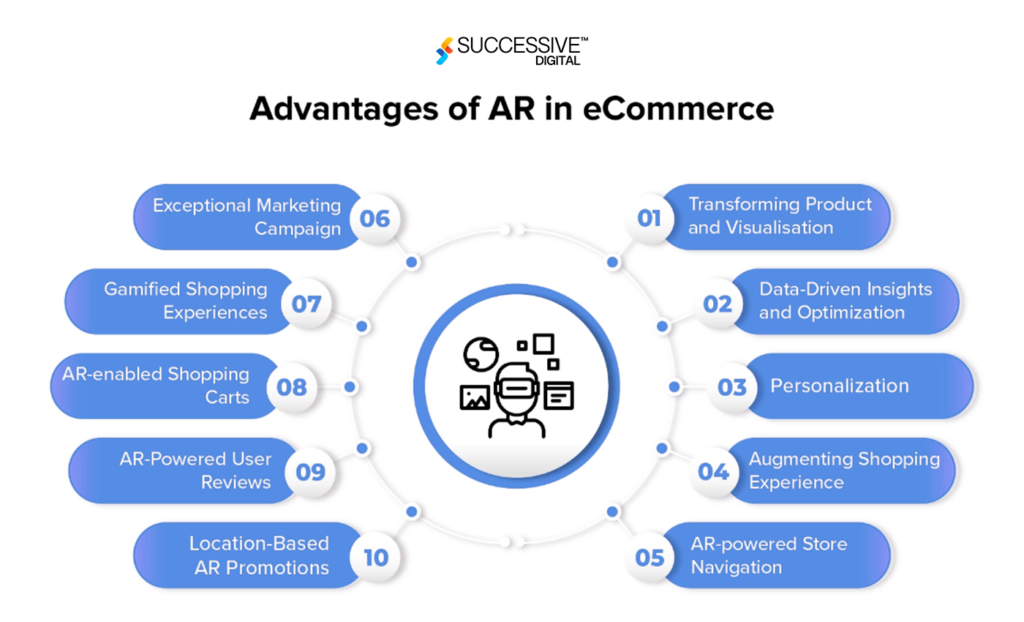
Image Source: successive.tech
Conclusion
In order to truly excel in the competitive world of retail e-commerce, leveraging advanced analytics is not just an option but a necessity. 42Signals offers a comprehensive suite of tools designed to provide critical insights into customer behavior, market trends, and inventory management.
By integrating 42Signals into your e-commerce operations, businesses can make data-driven decisions that lead to increased sales and higher customer satisfaction. Schedule a demo today to transform your retail e-commerce presence and stay ahead of the competition.
